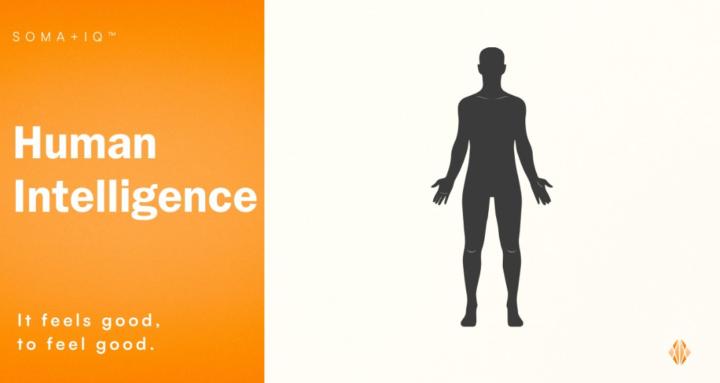Jul 21 • 🧡 | Community Feed
Comfort Zone vs Sacred Place
Comfort Zone vs. Sacred Place — this is a deep and powerful comparison. Though they may feel similar at times, they serve very different purposes in personal growth, healing, and self-awareness. Let’s explore:
Comfort Zone
- Definition: A psychological space where things feel familiar, safe, and predictable.
- Purpose: Offers mental and emotional security; reduces stress and risk.
- Downside: If you stay too long, it breeds stagnation, fear of change, and missed opportunities.
- Examples: Avoiding public speaking because it makes you nervous. Sticking to a job you dislike because it's stable.
- Energy: Passive, resistant to discomfort, often fear-based.
“A comfort zone is beautiful, but nothing ever grows there.”
Sacred Place
- Definition: A physical or internal space where you reconnect with your truth, spirit, and purpose.
- Purpose: A sanctuary for renewal, reflection, healing, and transformation.
- Upside: Restores your strength before or after growth, helps you align with your higher self.
- Examples: A quiet room where you pray or meditate. Time spent in nature, journaling, or doing something that nourishes your soul.
- Energy: Intentional, empowering, rooted in self-love and connection.
“Your sacred space is where you can find yourself again and again.” – Joseph Campbell
🔻 Key Differences
Concept Comfort Zone
Passive, stagnant, safety and routine, growth avoided, fear, control familiarity, surrender, numbs the spirit.
Sacred Place Energy
Intentional, renewing, Purpose, Restoration and spiritual connection Growth, Prepared for and supported Emotions, Love, trust, surrender, Awakens the spirit.
🧭 Powerful Reflection Questions:
- Are you resting or hiding?
- Is the space you're in protecting your peace or stalling your progress?
- Are you avoiding discomfort, or are you in a sacred pause preparing for your next leap?
Conclusion:The comfort zone keeps you safe. The sacred place helps you grow strong. The key is knowing when you’re hiding from life… and when you’re honoring your spirit.
4
3 comments

skool.com/somaticrelease
Welcome to the Somatic Insider Group, where we come together for somatic exercises & human-to-human connection!
Powered by




